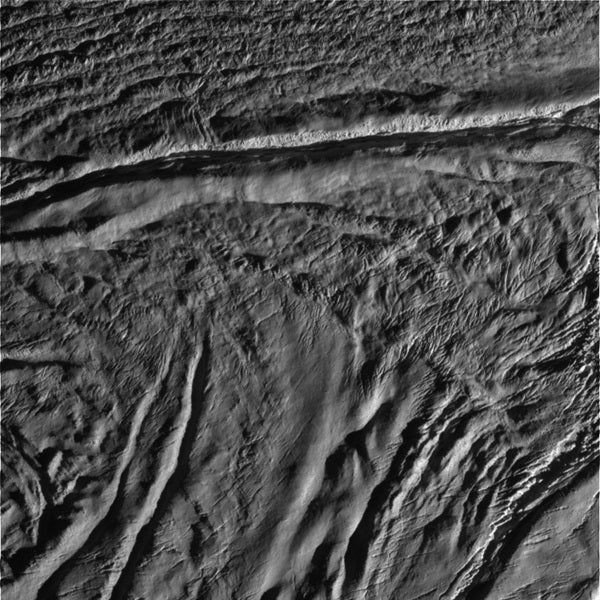The Cassini spacecraft began sending data to Earth following a close flyby of Saturn’s moon Enceladus on Monday night. During closest approach, Cassini successfully passed only 30 miles (50 kilometers) from the surface of the tiny moon.
Cassini’s signal was picked up by the Deep Space Network station in Canberra, Australia, and relayed to the Cassini mission control at NASA’s Jet Propulsion Laboratory in Pasadena.
Closest approach occurred at approximately 3:21 P.M. PDT, while Cassini was traveling at a swift 40,000 miles per hour (17.7 kilometers per second) relative to Enceladus.
“There is a lot of anticipation and excitement about what today’s flyby might reveal,” says Bob Pappalardo, Cassini project scientist, also of JPL. “Over the next few days and weeks, the Cassini teams will be analyzing the photos and other data to tease out new clues about this tiny, active world.”
Two more Enceladus flybys are planned for October. The first of those will cut Monday’s flyby distance in half and bring the spacecraft to a remarkable 16 miles (25 kilometers) from the surface. Enceladus measures about 310 miles (500 kilometers) in diameter — just one-seventh the diameter of our Moon.











